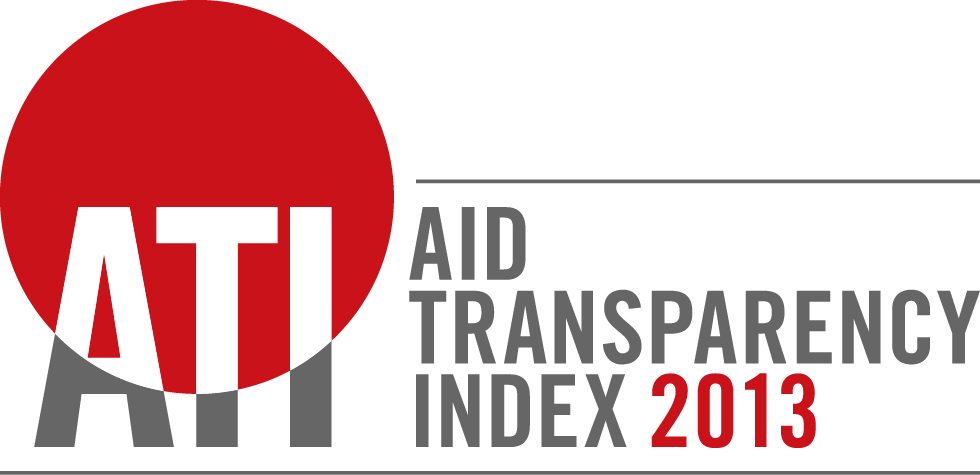A new aid transparency index: What comes after number one?
Transparency is a journey. Accountability is the goal.

David Saldivar is a Policy and Advocacy Advisor on Aid Transparency at Oxfam America.
The 2013 Aid Transparency Index is out today, and this is good news for the Millennium Challenge Corporation (MCC), which has taken the top ranking. In fact, every US government agency in the index that administers aid has improved in publishing more of their own data and coordinating among themselves. These are important steps towards the President’s executive order and bulletin 12-01 on open data, which provides detailed policy guidance for agencies’ compliance with international commitments like the Open Government Partnership (OGP) and the International Aid Transparency Initiative (IATI).
The news is also good for DFID, which came third in this year’s index only because MCC and the GAVI Alliance made high-quality publications under IATI. DFID, which has fostered IATI since its inception and recently handed it over to a new IATI consortium headed by UNDP, should see MCC and GAVI’s success as a reflection of its own commitment to promoting the release of timely, detailed, comparable and machine-readable data by international aid donors. In fact, the success of MCC in reaching the top of the ATI rankings really reflects the success of IATI as the manifestation of the global push for open aid data. With the publication of the 2013 ATI today and MCC’s success, it’s an important moment to recognize the progress that’s been made on advancing transparency in US foreign aid.

The 2013 ATI raises questions for the other aid-administering United States agencies discussed in the report. USAID, State, Treasury, Defense and PEPFAR will be asked by aid transparency watchers what they will be doing to match the standard set by MCC. However, questions remain for MCC (and all high performers): What does it mean to reach the top of the ATI rankings, and what comes next?
One thing that a top ATI ranking means is that MCC has invested time, effort and resources in publishing high quality information and should be congratulated. Several US government agencies are demonstrating that they are taking the transparency mandate seriously. In particular, MCC, USAID and Treasury’s Office of Technical Assistance have earned their improved ATI rankings through technical sweat, political blood, and program design tears. The number-one MCC ranking should be a source of pride for the hard working staff at MCC as well as the Obama White House, and all Americans.
But if every US government aid agency were to achieve a ranking on par with MCC, by disclosing similarly comprehensive and high-quality information, would that mean that the task is complete, the goal is achieved, and US foreign aid can now be certified as fully transparent?
To answer this question, we have to go back to why the IATI standard exists and why we’re measuring donors against it in the first place. The purpose of aid transparency is to make donors better development partners, with active citizens in recipient countries ultimately fulfilling the task of holding governments to account and overcoming the injustice of poverty. To be good partners, donors must be delivering high quality aid information that is also useful to partners in developing countries. This is the principle underlying the IATI standard. However, the test of whether we’re supplying useful information has to be whether developing country partners and other stakeholders find published aid data to be functional and valuable.
How will we know whether donors are meeting this mark? We have to ask the people who need to use aid data. Being transparent is not an end in itself, it’s a process of fulfilling a commitment to accountability. How developing country counterparts experience that cooperation will be the test of whether the US’ efforts at being more transparent are succeeding.
Transforming the US and other donors into better development partners must be the goal for which to keep striving, even for those high-quality aid data producers like MCC.
***
The Brookings Institution and Oxfam America will host Publish What You Fund’s Launch of the 2013 Aid Transparency Index today in Washington DC, kicking off a series of Global Transparency Week events focused on transparency, accountability and good governance around the world. Watch the live webcast of the 2013 ATI launch event here at 3:30pm EST.